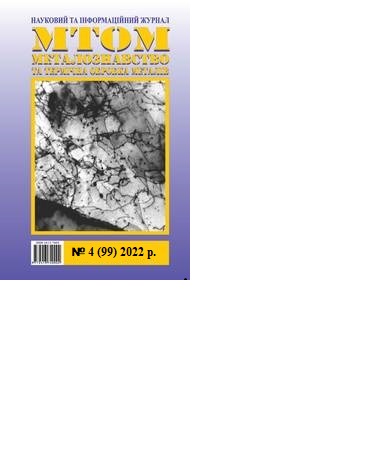HYDROGEN ACCUMULATOR IN AUTONOMOUS ENERGY DEVICES
DOI:
https://doi.org/10.30838/J.PMHTM.2413.271222.57.911Keywords:
gazars in hydrogen batteries, energy device, porous gas-reinforced material, cellular structure in pore spaceAbstract
The purpose of the research. One of the main difficulties into solving the issues of energy supply for autonomous consumers with heat and electricity in agricultural production is the inconsistency of supply schedules and energy consumption. The uneven nature of the operating modes of wind and solar power plants requires the creation of an energy storage system. In this connection, the task of creating autonomous power plants that use hydrogen and thermal energy storage systems arises. Results. A fundamentally new type of porous gas-reinforced materials − gazars, which are the basis of hydrogen batteries − have been investigated. They have unique properties that are very valuable for structural materials: strength and lightness, as well as a number of special properties. Consider the existing methods of hydrogen storage − in the form of hydrides, in liquid and compressed states, which have significant disadvantages for their use in energy devices. Thus, hydride batteries have a number of attractive aspects: comparative safety, soft storage mode and hydrogen yield. However, they have a low capacity and require expensive metals: La, Ni, Ti and rare earth metals, the reserves of which in the earth's crust are limited. The structure and properties of gas-reinforced metals, which have a monolithic matrix and a cellular structure of the porous space, have been investigated to determine the functional capabilities and prospective areas of their use. The dependence of the porosity on the relative size of the pores for various options for their placement in the sample was established. It is shown that in order to accelerate the processes of saturation and discharge of battery gases and to increase their capacity, battery cells with closed unidirectional cylindrical pores should be used. Hydrogen saturation is conducted when one of the ends of the battery is heated and the rest of the surface is cooled with a temperature difference of 573…773 K. Conclusions. Research in laboratory conditions showed that batteries based on porous metals, having a monolithic matrix and a cellular structure of the porous space, have advantages compared to the well-known ones: hydride, balloon, cryogenic. This is a relatively high hydrogen capacity; relative cheapness; possibility of multiple use; the possibility of using batteries as elements of power structures, as well as the use of unpurified technical hydrogen.

Downloads
Published
Issue
Section
License
Authors that are published in this journal agree to follow the conditions:
Authors reserve the right to the authorship of his work and cede the right to the journal of first publication of this work on conditions of the license under the Creative Commons Attribution License, which allows others to distribute it freely with the obligatory reference to the author of the original work and the first publication of the work in this journal.
